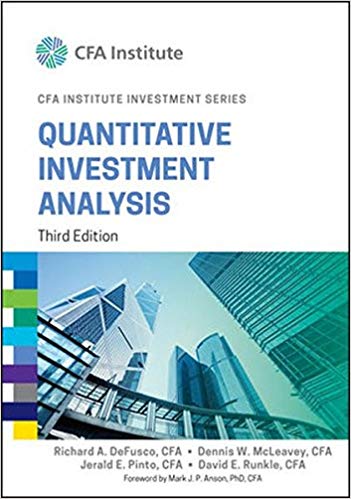Question
QUESTION 1 (40) Since the resignation of Jooste, many questions have been asked about the inability of shareholders and other stakeholders to have anticipated the
QUESTION 1 (40)
"Since the resignation of Jooste, many questions have been asked about the inability of shareholders and other stakeholders to have anticipated the problem - vaguely referred to as "accounting irregularities" - and to have responded appropriately".
1.1 With reference to the extract above, critically discuss the role played by the shareholders together with the board members in ensuring that irregularities are avoided. Your discussion should also incorporate the different initiatives that need to be adopted in this effect. (20)
1.2 The King Code of Governance Principles for South Africa 2009 (King III) can therefore be viewed as the most important governance standard applicable during the period in which the problems at Steinhoff started to unfold. Critically evaluate this statement. (20)
Extract
Steinhoff and Governance
"Investors find Steinhoff impossible to analyse from one year to the next, given its frenzied deal-making. I can understand that feeling, but you must always take the facts into account and forget the noise, n? It is now a big business and it's in lots of countries, so, of course, it will be complicated ... With real due respect - I mean this - everyone's entitled to their opinion. I like to argue with anyone because you learn, but take the last results presentation, then look category by category - now you must really not have to go to Harvard to understand the figures."
(Markus Jooste, former CEO, Steinhoff International, 22 September 2017)
When the Steinhoff share price collapsed in December 2017 following the resignation of CEO Markus Jooste, it was approximately two years since the first warning lights had flickered when German authorities raided the offices of one of Steinhoff's subsidiaries ahead of the company's listing on the Frankfurt Stock Exchange. During the subsequent two-year period the company's share price remained relatively stable as institutional investors continued to hold the majority of shares in the company. In fact, within five months of the 2015 raids the share price had risen by 17 per cent before it started a slow but steady decline, dropping from R95 in April 2016 to R56 in December 2017.
Since the resignation of Jooste, many questions have been asked about the inability of shareholders and other stakeholders to have anticipated the problem - vaguely referred to as "accounting irregularities" - and to have responded appropriately. From a governance perspective the obvious question asked in cases like this is: Where was the board? In his testimony before a parliamentary committee, Christo Wiese, chairman of the Steinhoff Supervisory Board when Jooste resigned, said that the crisis had appeared like a "bolt from the blue." The Steinhoff board comprised an impressive line-up of individuals, yet they seemed to fail in a collective sense to govern the company.
Steinhoff had a primary listing on the Johannesburg Stock Exchange until 2015 when it secured a listing on the Frankfurt Stock Exchange. The company was therefore subject to the King Reports on Corporate Governance until 2015. The King Code of Governance Principles for South Africa 2009 (King III) can therefore be viewed as the most important governance standard applicable during the period in which the problems at Steinhoff started to unfold. When Steinhoff moved its primary listing from South Africa to Germany in 2015, one of the corporate governance implications was that the company had to switch from a unitary to a dual (or two-tier) board structure. The dual structure comprises two separate boards: a Management Board and a Supervisory Board, which are comparable to having executive and non-executive directors in a unitary board. This distinction is explained by legal analysts David Block and Anne-Marie Gerstner in their 2016 paper 'One-Tier vs. Two-Tier Board Structure: A Comparison Between the United States and Germany': "The executive directors in the management board (Vorstand) decide about the company's objectives and implement the necessary measures. Meanwhile, the non-executive directors in the supervisory board (Aufsichtsrat) monitor these decisions on behalf of other parties".
Owen Skae, director of Rhodes Business School at Rhodes University, has analysed the relative strengths and weaknesses of the unitary and dual board structures. He asserts that the advantages of a unitary board are that executives can be asked questions while the entire board is present and that decisions are likely to be arrived at more quickly. However, the presence of all the directors around the same table might compromise the independence of non-executive directors. The dual board structure, on the other hand, is often criticised for encouraging information asymmetry since the boards meet separately and management has much more knowledge about the company's operations. However, the dual board structure has more checks and balances because the Supervisory Board exercises oversight over the Management Board.
Extracted from: https://www.cnbcafrica.com/insights/steinhoff/2018/06/28/steinhoff-rise-fall/
Step by Step Solution
There are 3 Steps involved in it
Step: 1

Get Instant Access to Expert-Tailored Solutions
See step-by-step solutions with expert insights and AI powered tools for academic success
Step: 2

Step: 3

Ace Your Homework with AI
Get the answers you need in no time with our AI-driven, step-by-step assistance
Get Started


